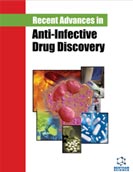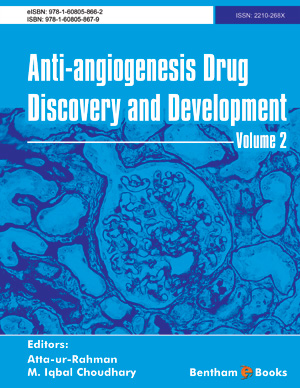Abstract
The process of rational drug designing together with serendipity has played an important role in the search for new drugs, for example, in neurotherapeutics the dopaminergic dysfunction of Parkinson’s disease, the dopaminergic hyperfunction of schizophrenia and the acetylcholine deficit in patients suffering from Alzheimer’s disease (AD). AD is the most common form of dementia which is a group of disorders that impairs mental functioning. The aim of this chapter is 1) to analyze some examples of discoveries in AD related disorders based on some serendipitous hypotheses and rational drug design approach such as structure based drug designing, ligand based drug designing and multi-target-directed ligand approach ii) to study the drug targets such as AChE, BACE-1, Tau protein for treating AD iii) to design second-generation agents with improved efficacy and safety iv) to illustrate the complexity of problems that have to be overcome for successful targeting and v) to study drug delivery and intercellular characterization of the blood brain barrier.
Keywords: Alzheimer’s disease, blood brain barrier, disease modifying drugs, multi-target-directed ligand, rational drug design, serendipity, symptomatic drugs.






















